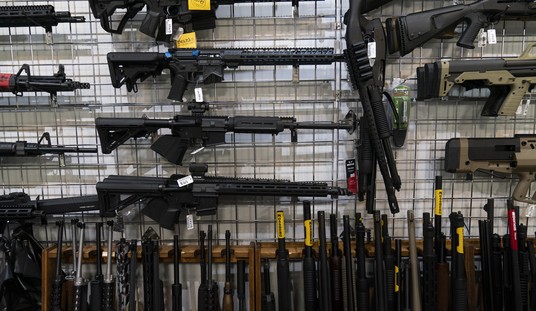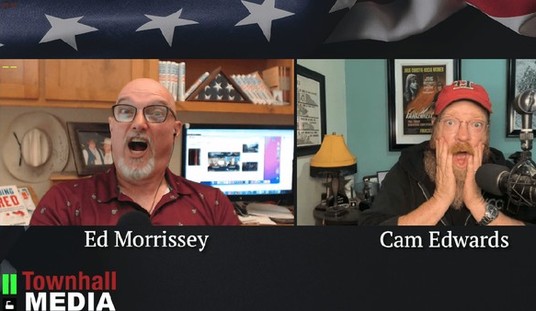In a perfect world, we wouldn’t need to debate gun rights to any degree. Then again, in a perfect world, there wouldn’t be any crime, which would make arguments on both sides kind of weird anyway.
But we don’t live in a perfect world. We live in this one, and in this one, we have to fight to defend our rights.
Here, we have people who write op-eds espousing claims of misinformation by the so-called gun lobby, all while ignoring actual facts right in front of the writers’ faces.
Slogans like “Guns don’t kill, people do” and “The only thing that stops a bad guy with a gun is a good guy with a gun” reflect the decades-long campaign by the gun lobby and its allies to convince Americans that owning guns makes them safer. This campaign, based on a large body of misinformation, has made America a far more dangerous place. Our book American Carnage identifies and debunks close to 40 core myths that have led many Americans to mistakenly believe that carrying a gun and keeping one in the home will protect them rather than expose them to an elevated risk of harm.
Of course, they “debunk” these in a book you have to pay to read so you can see whether they actually do or whether they use long-debunked data to do this supposed debunking.
Since one of the op-ed writers is none other than Fred Guttenberg, who has never met an anti-gun statistic he didn’t fully embrace without even considering if it might be wrong, I think we know the answer already.
Moving on…
Much of this misinformation stems from the radicalization of the gun lobby, beginning in the 1970s. Since then, the gun industry and gun rights organizations have made it their priority to convince Americans that an armed citizenry is the most effective way to shield ourselves from violence. This campaign has included stoking the public’s fear of crime, funding dubious scholarship by gun-friendly researchers, and shutting down federal funding of research showing that guns in the home put occupants at an elevated risk.
Wait, so are the public’s fear of crime “dubious” or is crime so bad that we need strict gun control akin to many European nations? Which is it?
And no one shut down federal funding of unbiased research, only the use of public money to push gun control. The fact that the writers’ jump to that particular study–one that has actually been long debunked in and of itself, I might add–shows exactly where their heads are at.
The many false claims advanced by the gun lobby and extremists have real world consequences that make America a more dangerous place. The gun lobby has convinced some Americans that guns in the home, loaded and ready to use, as well as gun carrying, have a net protective effect. As a result, daily gun carrying has increased five-fold over the last 20 years and close to half of those with guns in the home store them loaded and accessible. Gun carrying is also enabled and legitimized by the increasing number of states—now 26 including Florida—that do not require a permit or any training to carry a gun. In this context, spontaneous disputes, including those at social gatherings and on the road, that turn lethal have been surging.
Wait, so daily gun carry as increased that significantly over the last 20 years?
Well, let’s take a look at that.
First, let’s understand that things started turning on concealed carry back in the 1990s. That’s when states really started to lean into armed citizens carrying their guns lawfully. It’s also at a time when the homicide rate was ridiculously high.
Since that time, we’ve seen a drop in the homicide rate.
It’s only been the last few years when we’ve really started to see an uptick in homicides, but generally without any appreciable difference in gun control laws. Homicides have also increased in anti-gun states like New York, Illinois, and California.
As such, it seems unlikely that there’s any one factor–particularly any relating to a lack of gun control–that’s responsible for any of it.
The truth is that if this is the level of scholarship the authors put into their book, save your money.









